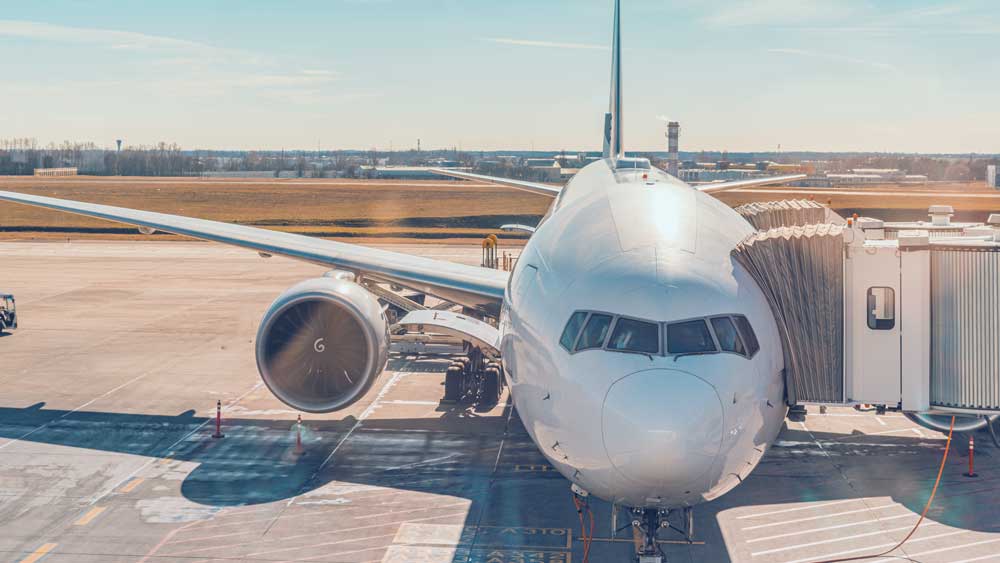Airport performance relies on accurate off block times. Operators have all the data to make it so. It’s a matter of knowing how to put it to work.
In a sea of aviation acronyms, none has such a broad or deep impact on airport performance as TOBT: Target Off Block Time.
TOBT is the exact moment when airlines and ground handlers predict an aircraft will go off blocks – when passengers are seated, doors are closed, the boarding bridge has pulled away, and the plane will leave its stand.
All airport partners work in sync, based on the TOBT, to turn around aircraft as efficiently as possible, allowing traffic control to optimise the departure sequence based on the expected readiness of flights. But when things go wrong, cost, punctuality and customer experience can take a severe hit. For busier airports, inaccurate TOBTs can also impact runway capacity and the wider air traffic flow.
TOBT – the king of pre-departure milestones
Of course, a target off block time does not live in isolation. It’s one of several milestones within an Airport Collaborative Decision Making (ACDM) framework used by airports and their partners to share a common situational awareness of the pre-departure process. But TOBT is the king of milestones upon which all others are derived. TOBT is initially automatically calculated by the airport based on the flight arrival information. About 30 to 40 minutes before departure, usually, when the turnaround process has started, airlines and ground handlers coordinate and update the time based on the operational situation. The TOBT must be updated at least 10 mins before departure to make sure that it is relevant and useful.
And therein lies the challenge.
This critical milestone relies on busy airline or ground staff to manually estimate departure readiness to within two minutes. That’s a lot of pressure to come up with an accurate estimate. It also relies on their experience with estimating – a challenge if they’re new to the job – and whether they truly have good visibility of the situation and all its moving parts.
As a result, the accuracy of this milestone can vary widely. Many large airports report it to be less than 60% accurate to within 5 minutes, with even fewer TOBTs accurate to within 2 minutes. The result is significant knock-on effects on apron congestion, gate resourcing planning and departure sequencing, and even the wider regional air traffic flow.
But there is a better way.
Machine learning as a cornerstone of predictions
By automating the prediction of off-block times, operators can achieve far more accurate and stable off-block performance than when relying on the estimates of a distracted ground crew.
Three capabilities make AI and, in particular, its subset machine-learning, exceptionally powerful in predicting off block times.
1) Machine learning can process massive amounts of data.
Machine learning can help by quickly sifting through pools of rich data to analyse past off-block time performance and identify patterns. Data used to train the prediction model can include origin, destination, carrier, aircraft type, gate, passenger load, boarding times and airfield condition – vast amounts of data from different sources, all contributing to greater accuracy in off block timings.
2) Machine learning can provide granular predictions in real-time.
Predicted off block times are not a static milestone. As a machine learning engine ingests data in real-time – such as live flight, weather, boarding, passenger flow or video analytics capture of ground handler activities – it dynamically updates predictions based on the situation.
3) Machine learning can continuously learn and improve outcomes.
A machine learning model can be continually refined, automatically learning from past events to make better predictions or adjusting the hierarchy of data point weighting to ensure the most accurate, available data source is used in the calculation.
Bringing machine learning to life
A few years ago, Veovo made the shift to embed “learn from real data” a priority for all our products going forward. We could see huge benefits in making our technology more adaptable, reduce the complexity in configuration, and develop systems that ultimately got better over time. With this in mind, we set about building core prediction capabilities driven by AI and ML that would harness what airports and their partners already have – lots of data – to make faster, more accurate forecasts.
The Veovo ‘Airport ML at scale’ approach is built on lessons from multiple airport client engagements. We’ve created a framework and predictor engine that not only powers our next generation of products but that can easily be added as a service on top of any current infrastructure. We firmly believe that this is the future of airport technology, where enhanced services like this are easily integrated to deliver real operational benefits quickly.
And there are significant benefits of a ML-powered, higher quality, predicted off block time. It drives better planning, timely operational decisions and enables post operations analysis to drive a continuously improving airport performance. All this, from making that one simple time stamp more accurate.
Introducing AI/ML capabilities need not be complex or daunting. By wrapping the “smarts” into a reusable service block and coupling it with open and flexible integration, these components can be easily adopted, enhancing current system and operational performance and then built on over time.
Transforming airport performance
Machine learning brings data and human know-how together to solve one of aviation’s thorniest challenges: on-time departures. With the help of machine learning, TOBT accuracy can be dramatically boosted – from less than 50% accurate to within five minutes using manual methods to up to 90% accuracy.
When airports and their partners have confidence in off block times, they can better use their airside assets, get more capacity out of the same resources and ultimately deliver a better service to passengers.
Machine learning is giving those organisations that embrace it a significant head start in transforming airport performance. Operators and their partners already have the data gold they need. All they need to do now is access to the right prediction engine and integration framework to help them mine it.
Veovo helps airports power up their performance. Over 120 airports around the world including Orlando, Sydney, Gatwick and Melbourne rely on Veovo technology to optimise capacity, unlock efficient ways of working and create better journeys. Please get in touch to arrange a call to explore how we can help you transform your airport performance.
How airports can significantly improve the accuracy and reliability of TOBT predictions, leading to better resource planning, reduced delays, and enhanced passenger experience.
- TOBT accuracy is crucial but often unreliable due to manual estimation pressures and limited visibility.
- Machine learning uses large datasets and real-time information to predict off block times more accurately and continuously improve.
- Improved TOBT predictions enable better planning, resource use, and smoother departure flows, enhancing overall airport performance.


